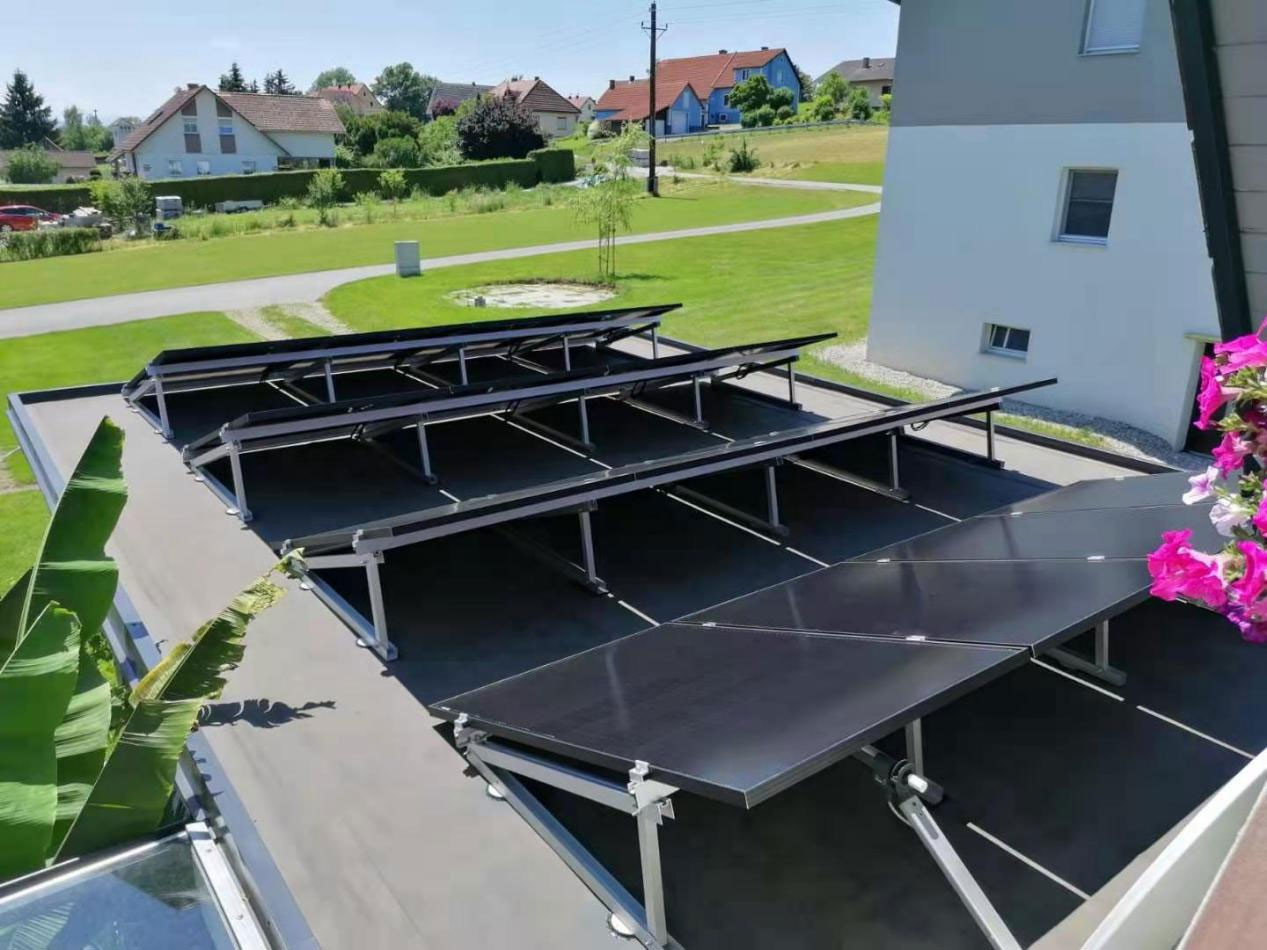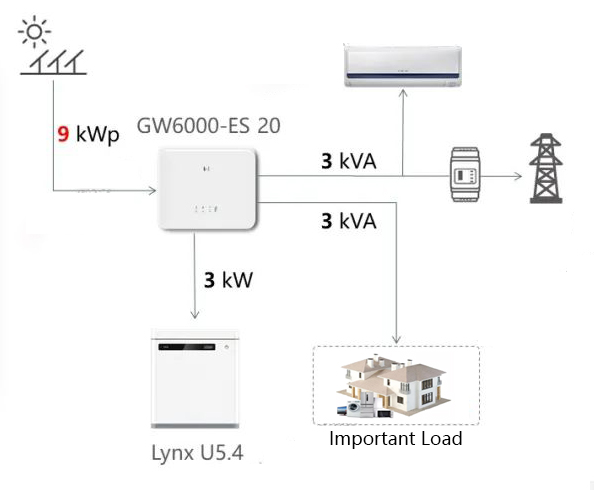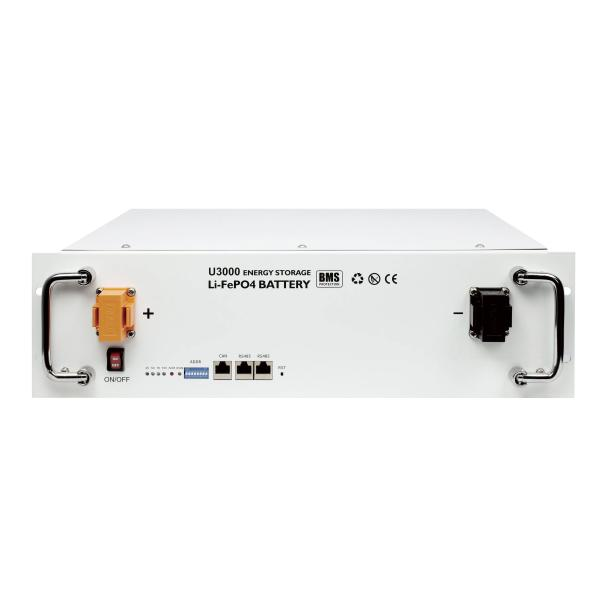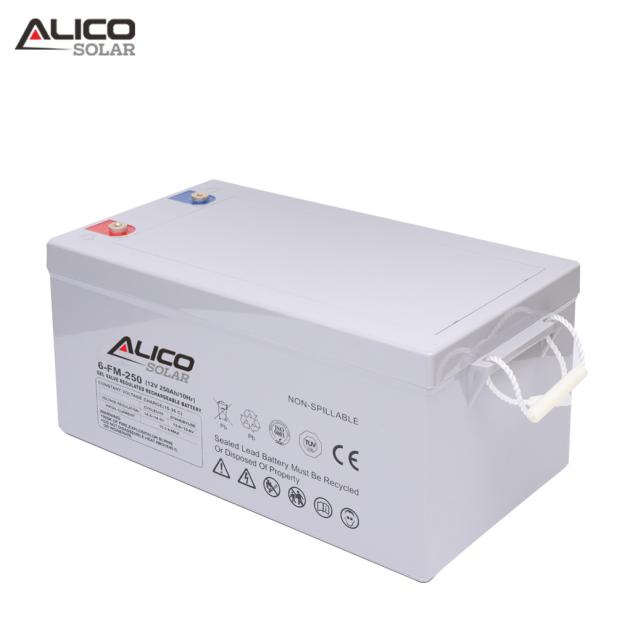Project Introduction
A villa, a family of three lives, the roof installation area is about 80 square meters.
Power consumption analysis
Before installing the photovoltaic energy storage system, it is necessary to list all the loads in the household and the corresponding quantity and power of each load, such as
|
LOAD |
POWER(KW) |
QTY |
TOTAL |
|
LED LAMP 1 |
0.06 |
2 |
0.12 |
|
LED LAMP 2 |
0.03 |
2 |
0.06 |
|
Refrigerator |
0.15 |
1 |
0.15 |
|
Air Conditioner |
2 |
1 |
2 |
|
TV |
0.08 |
1 |
0.08 |
|
Washing Machine |
0.5 |
1 |
0.5 |
|
Dishwasher |
1.5 |
1 |
1.5 |
|
Induction Cooker |
1.5 |
1 |
1.5 |
|
Total Power |
5.91 |
||
Electricity Cost
Different regions have different electricity costs, such as tiered electricity prices, peak-to-valley electricity prices, etc.

PV module selection and design
How to design the Solar panel System capacity:
•The area where solar modules can be installed
•The orientation of the roof
•Matching of solar panel and inverter
Note:Energy storage systems can be over-provisioned more than grid-connected systems.
How to choose a hybrid inverter?
- Type
For new system, choose the hybrid inverter. For the retrofit system, choose the AC-coupled inverter.
- Grid suitability: Single-phase or Three-phase
- Battery Voltage: if being a battery and battery cost etc.
- Power: Installations of photovoltaic solar panels and energy used.
Mainstream battery
Battery capacity configuration
Generally speaking, the battery capacity can be configured according to user needs.
- Discharge power limit
- Available load time
- Costs and benefits
Factors affecting battery capacity
When selecting a battery, the battery capacity marked on the battery parameters is actually the theoretical capacity of the battery. In practical applications, especially when connected to a photovoltaic inverter, a DOD parameter is generally set to ensure the normal operation of the system.
When designing the battery capacity, the result of our calculation should be the effective power of the battery, that is, the amount of power that the battery needs to be able to discharge. After knowing the effective capacity, the DOD of the battery also needs to be considered,
Battery power = battery effective power/DOD%
System efficiency
| Photovoltaic solar panel maximum conversion efficiency | 98.5% |
| Battery discharge maximum conversion efficiency | 94% |
| European efficiency | 97% |
| The conversion efficiency of low-voltage batteries is generally lower than that of pv panels, which the design also needs to be considered. | |
Battery capacity margin design
•Instability of photovoltaic power generation
•Unplanned load power consumption
•Loss of power
•Battery capacity loss
Conclusion
| Self-use | Off-grid backup power usage |
| •PV capacity:the area and the orientation of the roofthe compatibility with the inverter.•Inverter: grid type and needed power.
•Battery capacity: household load power and daily electricity consumption |
•PV capacity:the area and the orientation of the roofthe compatibility with the inverter.•Inverter: grid type and needed power.
•Battery capacity:Electricity time and power consumption at night, which need more batteries. |
Post time: Oct-13-2022





